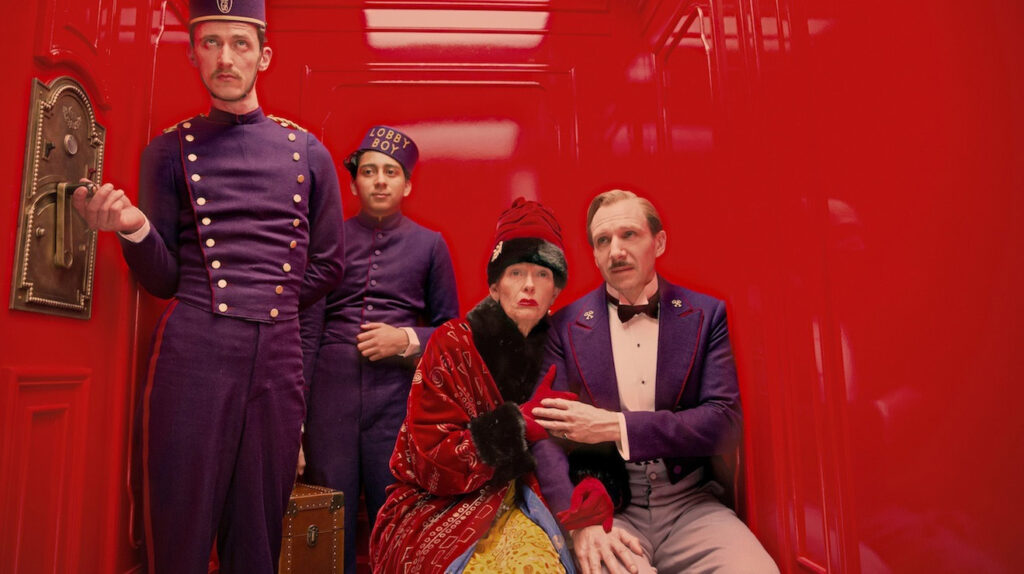Cinematography is a crucial component in the world of filmmaking, which, though often overlooked by general audiences, helps create the mood, theme, and overall feel of a movie. Just as a painter uses a brush to create compelling visual narratives, a cinematographer employs a camera to fabricate beautiful imagery that evokes emotions and tells a story. This article aims to explore the art of cinematography through an in-depth analysis.
Cinematography, derived from the Greek words “kìnēma” meaning movement and “gráphein” meaning to write, is essentially writing with movement. It is the art and science of capturing light on film, digitally, or any other visual recording platform. The cinematographer or director of photography (DOP) plays a pivotal role, interpreting the script visually, selecting suitable filming equipment, and deciding how each scene should be filmed to enhance the storytelling.
One fundamental aspect of cinematography is framing and composition. That involves how and where the elements in a scene are arranged, creating an eye-pleasing aesthetic and meaning. For instance, placing a character in the center of the frame might suggest importance, while situating them towards the edge can signify their marginalization or isolation. The element of composition is therefore not just about creating visually pleasant frames, but also about infusing them with narrative significance.
Similarly, the use of light and color plays a vital part in shaping cinematic visuals. A cinematographer manipulates different lighting sources, shadows, intensities, and color temperatures to contribute to the narrative. The choices made can dramatically alter a viewer’s perception of a scene: harsh top-lighting can add cragginess to a person’s features, soft front-lighting favours beauty and harmony, while unmitigated darkness shrouds moments in mystery.
Camera movements are another element contributing to the art of cinematography. Movements such as tracking, panning, tilting, and handheld filming each provide unique aesthetic opportunities. They can guide the viewer’s attention, reveal crucial information, or allow audiences to share a character’s perspective. An impeccably executed camera movement can add depth, tension, and energy to a scene or relay a sense of intimacy or scale depending on the desired effect.
Of course, none of these decisions are made in a vacuum. They are curated to serve the story, characters, and overall mood of the film. For instance, the chilling minimalism captured in ‘No Country for Old Men‘ is as integral to the film’s story as the sumptuous, maximalist visuals in ‘The Grand Budapest Hotel‘. Both stylistic approaches, though vastly different, amplify the cinematic narrative appropriately for their tales.
Besides, the choice of film stock, lens, filters, and digital post-processing techniques further shape the cinematic aesthetics. From grainy black-and-white film for vintage effects to an ultra-hi-definition camera for glossy, vibrant images, the cinematographer must choose the right tool for each job to communicate a desired mood or style effectively.
In conclusion, the art of cinematography is a melange of technical know-how, creative finesse, and thoughtful interpretation of the script. It’s a language of visual literacy that requires an understanding of lighting, camera technique, color theory, and composition. This artistry has the power to immerse us in realities beyond our own, inviting us to perceive the world through different lenses. An understanding of the mechanics of cinematography helps us appreciate the depth and nuance that filmmakers invest in their craft. It is a testament to the evocative power of cinema – a medium not just for narrative storytelling, but for painting moving portraits of life.


